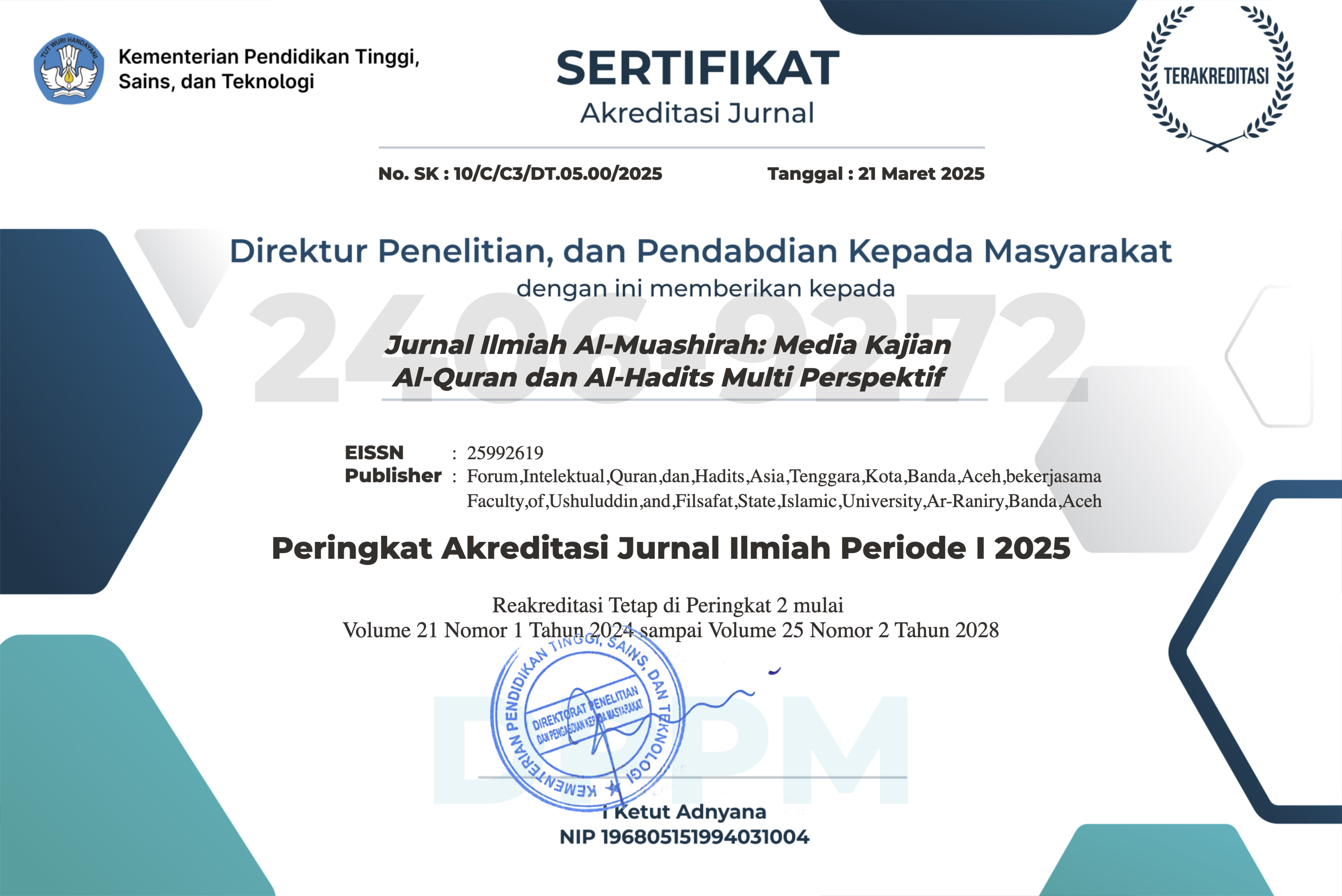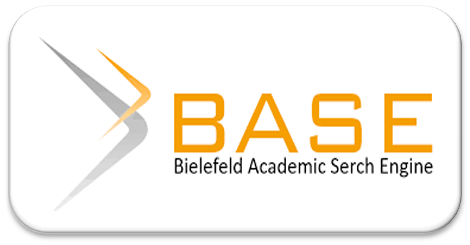Beragam Pendekatan dalam Memahami Hadis Nabi
DOI:
https://doi.org/10.22373/jim.v18i1.10300Keywords:
Understanding of Hadis, MethodeAbstract
Referring to the hadith and understanding it correctly is a must in the life of humankind today. The dimension of Islamic teachings brought by the Prophet Muhammad saw requires getting correct and accurate information. The text of hadith cannot be separated from the impact of the passage of time. The text of the hadith on its journey from the beginning of the Prophet being sent to become an Apostle, from the first teacher, namely the Prophet, to the bookkeeping of hadith and going through several generations, has experienced an impact in the history of its journey with all its consequences. To understand the hadith correctly, the method of understanding it is felt to be very necessary and necessary to understand the true meaning of a hadith text. All of this cannot be separated from the various sequences that an approach must take to obtain a proportional understanding in the present context as a guide to life in the world and the hereafter need to understand well.
ABSTRAK
Berpedoman kepada hadis dan memahaminya dengan tepat merupakan suatu keharusan dalam kehidupan umat manusia sekarang. Dimensi ajaran agama Islam yang dibawa Rasulullah SAW mengharuskan mendapat informasi yang benar dan akurat. Karena teks hadis tidak terlepas dari dampak perjalanan waktu. teks hadis dalam perjalanannya dari awal Nabi di utus menjadi Rasul, dari guru pertama yaitu Rasulullah sampai kepada pembukuan hadis dan melewati beberapa generasi, telah mengalami imbas dalam sejarah perjalanannya dengan segenap konsekuensinya. Agar dapat memahami hadis dengan benar maka metode dalam memahaminya dirasa sangat perlu dan keharusan untuk memahami maksud sebenarnya sebuah teks hadis, ini semua tidak terlepas dari runtutan beragam yang harus dilakukan sebuah pendekatan untuk mendapatkan pemahaman yang proporsional dalam konteks kekinian sebagai tuntunan hidup dunia dan akhirat yang perlu dipahami dengan baik.
Downloads
References
Ahmad, Arifuddin. 2012. Metodologi Pemahaman Hadis; Kajian Ilmu Ma’anil Al-Hadi. Makasar: Alaudin Press.
Al-Baghdadi, Al-khatib. n.d. Aljami’ Li Akhlaki Ar-Rawi Wa Adabu Sami’. II. Riyad: Maktabah al-Ma’arif.
Al-Khathīb, Ajjaj. 1989. Ushul Al-Hadis. Beirut: Dar al-Fikr.
Ali, Muhammad. 2016. “Asbab Al-Wurud Hadis.” Jurnal Kajian Ilmu Hadis 6(2).
As-Suyuti. 1984. Asbab Wurud Hadis. Beirut: Dar, al-Maktabah al-Ilmiyah.
Ash-Shidiqie, Hasbi. 1981. Pokok-Pokok Ilmu Dirayah Hadis. Jakarta: PT. Bulan Bintang.
Ash-Shidiqie, Hasbi. 1999. Sejarah Dan Pengantar Ilmu Hadis. IV. Semarang: Pustaka Rizki Putra.
Djuned, Daniel. 2010. Ilmu Hadis; Paradigma Baru Dan Rekontruksi Ilmu Hadis. Jakarta: Erlangga.
Fauziy, Rif’at. 1978. Al-Madkhal IlaTautsiq Al-Sunnah. Mesir: Muassasah al-Khanijiy.
Ismail, Muhammad Syuhudi. 1994. Hadis Nabi Yang Tekstual Dan Kontekstual: Telaah Ma’ani Al-Hadis Tentang Ajaran Islam Yang Universal, Temporal Dan Lokal. Jakarta: Bulan Bintang.
Jamaa’ah, Ibnu. n.d. Al-Minhal Ar-Rawiy. Damaskus: Dar Al Fikr.
Manzhur, Ibnu. n.d. Lisan Al-Arab. Beirut: dar as-Shadir.
Muhibbin. 1996. Hadis-Hadis Politik. Yogyakarta: Pustaka Pelajar.
Nashir, Ridlwan. 2013. Ilmu Memahami Hadis Nabi, Cara Praktis Menguasai Ulumul Hadis & Musthalah Hadis. Yogyakarta: Pustaka Pesantren.
Shalah, Ibnu. 1971. Ulumul Hadis. Madinah: al-Maktabah al-Islamiyyah.
Sholahuddin, Agus, and Agus Suyadi. 2017. Ulumul Hadis. Jakarta: Pustaka Setia.
Suryadilaga, Alfatih. 2016. Aplikasi Penelitian Hadis Dari Teks Ke Konteks. Yogyakarta: Kalimedia.
Taimiyah, Ibn. n.d. Majmu’ Al-Fatawa. Beirut: Dar al-Arabiyah.
Wahid, Ramli Abdul. n.d. Ilmu-Ilmu Hadis. Bandung: Citapustaka Media Perintis.
Wijaya, Utang Ranu. 1996. Ilmu Hadis. Jakarta: Gaya Media Pratama.
Downloads
Published
Issue
Section
License
Authors who publish in Jurnal Ilmiah Al-Mu'ashirah agree to the following terms:
- Authors retain copyright and grant the journal right of first publication with the work simultaneously licensed under a Attribution-ShareAlike 4.0 International (CC BY-SA 4.0) License that allows others to share the work with an acknowledgment of the work's authorship and initial publication in this journal.
- Authors are able to enter into separate, additional contractual arrangements for the non-exclusive distribution of the journal's published version of the work (e.g., post it to an institutional repository or publish it in a book), with an acknowledgment of its initial publication in this journal.
- Authors are permitted and encouraged to post their work online (e.g., in institutional repositories or on their website) prior to and during the submission process, as it can lead to productive exchanges, as well as earlier and greater citation of published work (See The Effect of Open Access).













